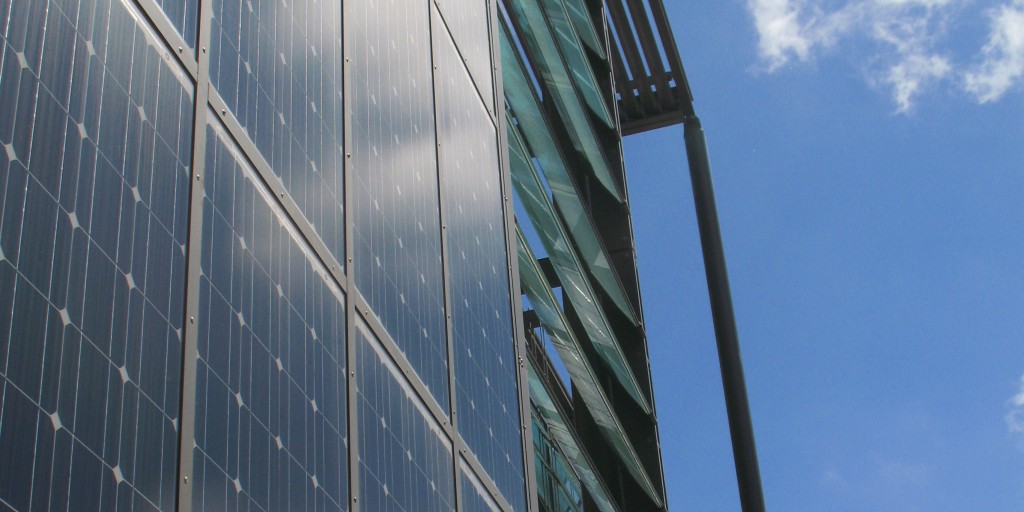Types of solar power
Energy from the sun can be used in solar furnaces, solar thermal heating systems and photovoltaics.
How does it work?
Solar furnaces consist of huge mirrors that reflect the energy we get from the sun into one spot so that this one spot gets very hot and creates an oven. Small solar furnaces are often used to cook food. It is also possible to use this heat to turn water into steam and drive a turbine.
Solar thermal heating systems use the sun’s energy to make heat which warms our water to use in our showers and radiators. They often consist of water pipes painted black that are put out into the sun, usually on the roof. Water flowing through the pipes is heated and can then provide the building with hot water.
Photovoltaics use the sun’s energy to make electricity. For more detailed information how they work, check out our extensive Solar Power pages
Costs and efficiency
The cost of solar energy depends on the size and type of device. For example, solar devices that only provide us with heat are much cheaper to make than those that make electricity, and bigger solar furnaces are more expensive than smaller ones.
The best silicon photovoltaics at the moment are 24% efficient with some other types of photovoltaics even more efficient.
Typical size
Solar thermal and solar photovoltaic installations fit on the roof of your home or on the side of buildings. These are known as ‘building integrated photovoltaics’. Solar photovoltaics are sometimes constructed into solar farms, which take up larger areas in sunny places. Solar furnaces come in a variety of sizes depending on what it is to be used for.

This is an example of ‘building integrated photovoltaics’ (BIPV). Silicon solar panels have been built into the side of a building at The University of Edinburgh
Locations around the world
Solar energy can be used everywhere, although solar farms are often constructed in deserts and open sunny ground.
Good news
Once installed, solar devices need little maintenance and provide free, green energy with no carbon dioxide emissions.
Bad news
Some photovoltaics can be prohibitively expensive for the ordinary home owner to install on their roof, although the costs are coming down, especially since the introduction of government Feed-in Tariffs.
Energy storage
The sun’s energy cannot be stored which leads to problems at night-time.
Photovoltaics can be used to charge batteries during the day so that we can still get electricity at night, but only when they are making electricity.
Environmental Impact
Solar devices do not produce greenhouse gases. They do not alter the environment around them either, unless the solar furnaces or farms take up a lot of space.
Human impact
Solar thermal heating systems and photovoltaics can easily fit on to the roof or side of a building, and aren’t an eye-sore. They can often be designed to fit in with the look of the roof surface, for example ‘solar slate’.
Big solar farms and furnaces take up a lot of space on land that could perhaps otherwise be used to grow food.
Is it a viable power source for the UK?
Although we may get more cloud than sun in the UK, photovoltaics are still able to turn sunlight into electricity on dull days and we could use them to generate a large proportion of our energy needs, but probably not all of it. We may not be able to spare much land for big solar farms, but we have plenty of roof space for solar panels.
Current research
Scientists are currently researching new, cheaper, portable and more efficient photovoltaics to make electricity.
- Solar Power - More detailed information on solar energy.


